Home>Articles>When Can I Remove The Paddle From Bread Machine
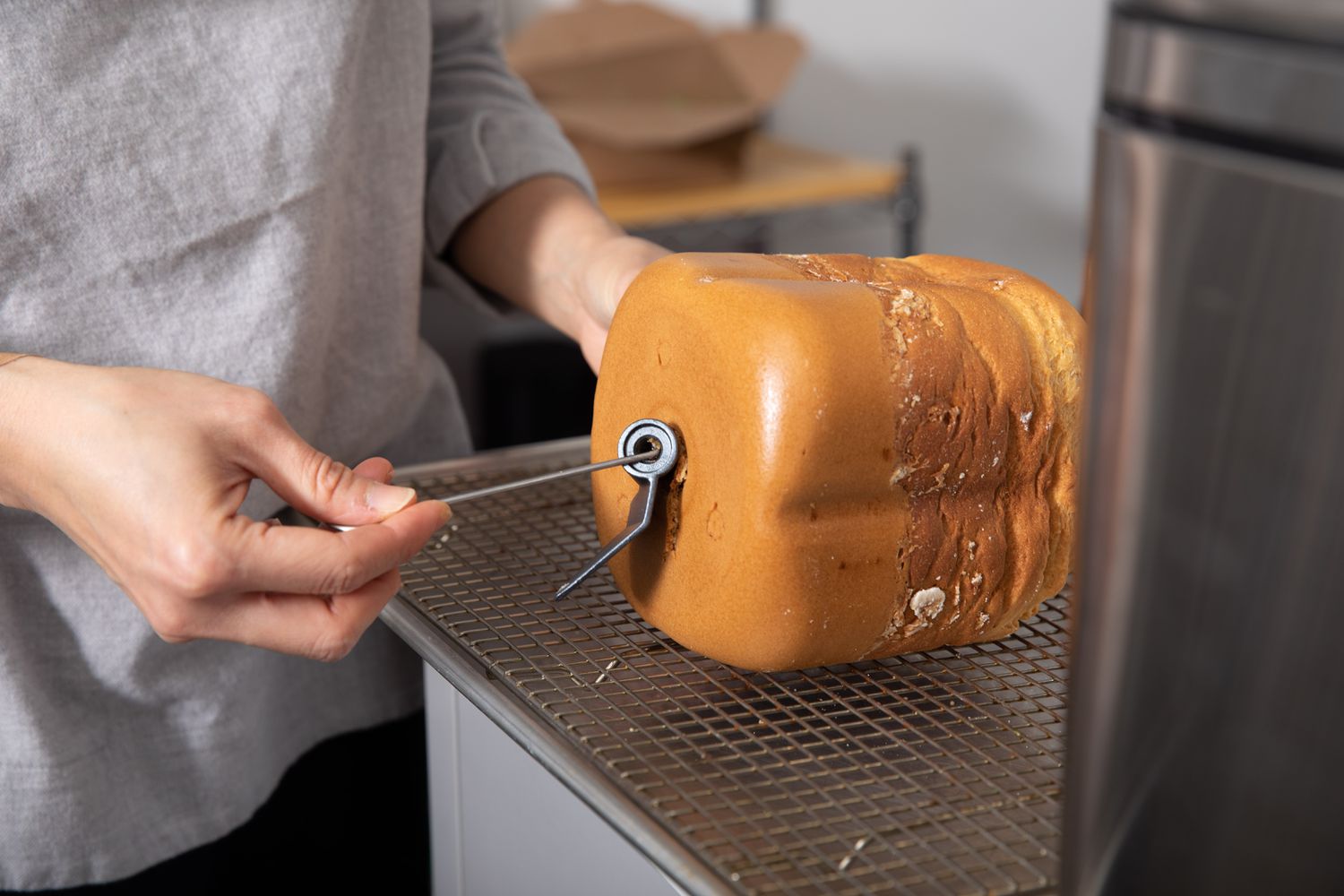

Articles
When Can I Remove The Paddle From Bread Machine
Modified: May 6, 2024
Learn when it's safe to remove the paddle from your bread machine and find helpful articles on bread machine maintenance and usage.
(Many of the links in this article redirect to a specific reviewed product. Your purchase of these products through affiliate links helps to generate commission for Storables.com, at no extra cost. Learn more)
Introduction
Welcome to the world of bread machines! These innovative appliances have become a staple in many households, making it easier than ever to bake fresh, homemade bread. If you are new to bread machines, you may be wondering about the paddle that comes with them and whether it is necessary to keep it in the bread during the baking process. In this article, we will explore the topic of when you can remove the paddle from your bread machine and the benefits that come with it.
Before we dive into the details, let’s briefly understand the function of the paddle in bread machines. The paddle, also known as the kneading blade, is a vital component of the bread machine. It is responsible for mixing and kneading the dough, ensuring that it is properly developed before the baking cycle begins.
While the paddle serves an important role in the bread-making process, there are situations where you may want to remove it. Many bread machine owners prefer to remove the paddle to avoid the hole that is typically left in the loaf after the baking cycle is complete. This aesthetic concern is especially relevant when baking bread for special occasions or when presenting bread as a gift.
However, it’s important to note that removing the paddle does come with some considerations. The decision to remove the paddle depends on factors such as the type of bread, personal preference, and the specific bread machine model you own. Let’s explore the benefits of removing the paddle and the factors that you should consider before doing so.
Key Takeaways:
- Embrace the freedom to remove the paddle from your bread machine for a cleaner appearance, easier slicing, improved texture, and endless creative possibilities in shaping and customization.
- Consider factors such as bread type, personal preference, and functionality before deciding to remove the paddle, and explore alternative solutions to minimize the appearance of the paddle hole in your homemade bread.
Read also: 15 Best Oster Bread Machine Paddle For 2025
Understanding the Paddle in Bread Machines
Before we discuss when to remove the paddle from your bread machine, let’s take a closer look at its role in the bread-making process. The paddle is a crucial component that mixes and kneads the dough, ensuring that it is properly developed and ready for baking.
Most bread machines feature a removable paddle that sits at the bottom of the bread pan. It is usually attached to a spindle which is driven by the machine’s motor. During the kneading cycle, the paddle rotates, gently folding and stretching the dough to develop gluten and create a uniform texture. This process is essential for achieving a well-risen and evenly baked loaf.
The paddle is typically designed with a unique shape to mimic the movement of hand kneading. Some paddles have a single large blade, while others may have multiple smaller blades. The design of the paddle may vary depending on the bread machine manufacturer and model.
While the paddle plays a vital role in mixing and kneading the dough, it also leaves a hole or indentation in the finished loaf. This is a common occurrence as the paddle remains in the bread during the baking cycle. While some people don’t mind the presence of the hole, others prefer to remove the paddle to achieve a loaf without any visible signs of the kneading process.
It’s important to note that not all bread machines allow for the removal of the paddle. Some models have paddles that are permanently attached to the spindle and cannot be removed. If the ability to remove the paddle is an important feature for you, be sure to research and choose a bread machine that offers this option.
Now that we have a better understanding of the role of the paddle in bread machines, let’s explore the benefits of removing the paddle and when it is appropriate to do so.
Benefits of Removing the Paddle
There are several benefits to removing the paddle from your bread machine before the baking cycle begins. Let’s take a closer look at these advantages:
1. No Hole in the Loaf: One of the main benefits of removing the paddle is that it eliminates the hole or indentation that is typically left in the finished loaf. This is particularly beneficial if you are baking bread for special occasions or if you want to present your bread as a gift. Without the presence of a visible paddle hole, your loaf will have a more appealing appearance.
2. Ease of Slicing: Removing the paddle makes slicing your homemade bread much easier. Without the paddle in the way, you can achieve clean, even slices without having to navigate around the hole left by the paddle. This is especially helpful if you like to make sandwiches or toast with your homemade bread.
3. Improved Texture: In some cases, removing the paddle can result in a slightly improved texture in the finished loaf. This is because the paddle, even when properly designed and shaped, can sometimes leave air pockets or uneven distribution of ingredients. By removing the paddle, you may achieve a more consistent texture throughout the loaf.
4. Creativity and Customization: Removing the paddle allows you to get creative and customize your bread. You can experiment with different shapes, designs, and fillings without being limited by the hole left by the paddle. From braided breads to stuffed loaves, the possibilities are endless when the paddle is removed.
5. Easy Cleanup: Removing the paddle before baking also makes cleanup a breeze. Without the paddle in the way, you can easily clean the bread pan without any obstructions. This saves you time and makes the overall bread-making process more enjoyable.
While there are clear benefits to removing the paddle from your bread machine, it’s important to consider some factors before deciding to do so. Let’s explore these factors in more detail.
Factors to Consider
Before you decide to remove the paddle from your bread machine, there are several factors you should take into consideration. These factors will help you determine whether removing the paddle is appropriate for your specific bread-making needs. Here are some important factors to consider:
1. Bread Machine Model: Not all bread machines have removable paddles. Some models have paddles that are permanently attached to the spindle and cannot be removed. It’s important to check the specifications of your bread machine to determine if it allows for paddle removal. If it doesn’t, you may need to explore alternative methods to achieve a loaf without the paddle hole.
2. Bread Type: The type of bread you are making can influence whether or not you should remove the paddle. Some breads, such as sandwich loaves, benefit from having the paddle to create a well-developed, even-textured loaf. Other breads, such as artisan or decorative loaves, can be enhanced by removing the paddle to achieve a seamless appearance. Consider the specific characteristics and requirements of the bread you are making.
3. Personal Preference: Personal preference plays a significant role in the decision to remove the paddle. Some individuals don’t mind the presence of the paddle hole and enjoy the convenience of leaving the paddle in the bread during the baking process. Others prioritize the aesthetic appeal of the finished loaf and prefer to remove the paddle for a cleaner look. Consider your own preferences and what is important to you when it comes to the appearance of your homemade bread.
4. Functionality: The paddle serves an important purpose in the bread-making process by adequately mixing and kneading the dough. Removing the paddle may impact the dough’s development, resulting in a different texture or rise. Consider how removing the paddle may affect the overall functionality and end result of your bread, and whether you are willing to make any adjustments to your recipe or technique to accommodate for its absence.
5. Alternative Methods: If removing the paddle is not an option, there are alternative methods you can explore to minimize the appearance of the paddle hole. Some bread machine owners choose to remove the dough from the bread machine after the kneading cycle and shape it by hand before transferring it to a regular loaf pan for baking. This allows for more control over the overall shape and appearance of the loaf.
By considering these factors, you can make an informed decision about whether or not to remove the paddle from your bread machine. It’s important to remember that there is no right or wrong answer, and the choice ultimately depends on your personal preferences and the specific bread you are making. Now that we’ve discussed these factors, let’s explore when it is appropriate to remove the paddle.
You can remove the paddle from the bread machine after the final kneading cycle to prevent a hole in the bottom of the loaf. This is usually about 10-15 minutes into the baking cycle.
When Can I Remove the Paddle?
The decision of when to remove the paddle from your bread machine depends on several factors, including the specific bread you are making and your personal preferences. Here are some scenarios where removing the paddle is commonly considered:
1. Artisan or Decorative Breads: If you are making artisan breads or decorative loaves where the appearance is a top priority, removing the paddle can greatly enhance the aesthetic appeal. Without the paddle, your bread will have a seamless and uniform appearance that is perfect for showcasing intricate designs or decorative elements.
2. Special Occasions: When baking bread for special occasions or events where presentation matters, removing the paddle becomes more desirable. Whether you are making bread for a holiday meal, a dinner party, or a homemade gift, having a beautifully shaped loaf without the paddle hole can make a significant difference in the overall presentation.
3. Sandwich or Everyday Loaves: While removing the paddle is not necessary for every type of bread, it can still be a personal preference. Some people prefer to remove the paddle from sandwich or everyday loaves to achieve a clean, even texture throughout the bread. This can make slicing and enjoying your homemade bread easier and more enjoyable.
4. Experimenting with Alternative Shaping Methods: Removing the paddle opens the door to experimenting with alternative shaping methods. If you want to explore different shapes, braids, or artistic designs with your bread, removing the paddle allows you the freedom to do so without any visible impact on the finished result. Get creative and have fun shaping your bread dough before baking.
It’s important to note that while removing the paddle is a common practice in certain bread-making scenarios, there may be instances where keeping the paddle in is recommended. For example, if you are making bread that requires a well-developed and evenly textured loaf, leaving the paddle in during the baking cycle may be beneficial.
Ultimately, the decision to remove the paddle depends on your personal preferences and the specific bread you are making. Don’t be afraid to experiment and find the approach that works best for you. Now, let’s explore how to remove the paddle from your bread machine.
How to Remove the Paddle from a Bread Machine
Removing the paddle from your bread machine is a relatively simple process. Here’s a step-by-step guide to help you remove the paddle:
- First, make sure you have unplugged your bread machine and allow it to cool down completely. Safety should always be a priority when handling any appliance.
- Next, remove the bread pan from the bread machine. Most bread machines have a release button or handle that allows you to easily remove the bread pan.
- Once the bread pan is removed, take a close look at the bottom of the pan. You should see the paddle attached to a spindle or shaft that is driven by the machine’s motor.
- Depending on your bread machine model, the paddle may be locked in place or easily detachable. If it’s locked, look for a release button or a locking mechanism that will allow you to remove the paddle.
- If the paddle is detachable, simply grasp it firmly and gently twist it counterclockwise to unlock and remove it from the pan. Be careful not to apply excessive force to avoid damaging the paddle or the bread pan.
- Once the paddle is removed, you can either clean it separately or leave it aside until it’s time to use your bread machine again.
- Before proceeding with your bread recipe, make sure to carefully clean the bread pan to remove any residue or loose crumbs.
- When you’re ready to bake bread without the paddle, simply place the clean bread pan back into the machine and add your ingredients. Ensure that the spindle hole at the bottom of the pan aligns with the motor’s coupling to ensure proper mixing and kneading.
- Follow your bread machine’s instructions for selecting the appropriate settings, and start the baking cycle as usual.
Remember to consult your bread machine’s user manual for specific instructions on how to remove the paddle, as different models may have slight variations in the process. Additionally, always handle the paddle with care to avoid any injuries or damage to the paddle or the bread machine.
If your bread machine does not allow for paddle removal, don’t worry! There are alternative solutions that can help minimize the appearance of the paddle hole in your finished loaf. Let’s explore these solutions in the next section.
Alternative Solutions
If your bread machine doesn’t allow for the removal of the paddle, or if you prefer to keep the paddle in for functional reasons, there are alternative solutions to minimize the appearance of the paddle hole in your bread. Here are some alternative methods you can try:
1. Manual Shaping: After the bread machine has completed the kneading cycle, you can remove the dough from the machine and shape it by hand before transferring it to a regular loaf pan for baking. This allows you to have more control over the final shape and appearance of the bread without the constraints of the paddle.
2. Shaping Tools: Utilize shaping tools such as banneton baskets, proofing cloths, or bread molds to create decorative shapes and patterns on your bread dough. These tools can help enhance the overall appearance of the loaf and draw attention away from any visible paddle hole.
3. Fillings and Toppings: Adding fillings and toppings to your bread can help minimize the visibility of the paddle hole. Ingredients like seeds, herbs, cheese, or dried fruits can be sprinkled on top of the dough, providing an attractive visual element and drawing attention away from the paddle hole.
4. Decorative Slashes: Consider making decorative slashes on the top of the dough before baking. These artistic cuts can create an eye-catching design that distracts from any visible paddle hole and adds a unique touch to your homemade bread.
5. Toasting or Slicing Techniques: If the paddle hole is still present in the baked loaf, after cooling, you can strategically slice or toast the bread to minimize its visibility. Slicing the loaf in a way that avoids cutting through the paddle hole or toasting the bread can help camouflage any imperfections.
6. Embrace the Character: Lastly, it’s important to remember that the presence of the paddle hole is not necessarily a flaw. It can be seen as a unique characteristic of homemade bread and a gentle reminder of its preparation. Embrace the charm and simplicity of homemade bread, and don’t be too concerned about the paddle hole’s presence.
By utilizing these alternative solutions, you can still create visually appealing and delicious bread, even if the paddle cannot be removed. Experiment with different techniques and find the approach that works best for you and your bread-making preferences.
Before we conclude this article, let’s summarize what we’ve discussed so far.
Conclusion
In conclusion, the decision to remove the paddle from your bread machine depends on your personal preferences, the type of bread you are making, and the specific features of your bread machine. While the paddle serves a crucial role in mixing and kneading the dough, there are benefits to removing it, such as achieving a cleaner appearance, easier slicing, and the ability to get creative with alternative shaping methods.
Factors to consider when deciding whether to remove the paddle include the model of your bread machine, the type of bread you are making, your personal preference for the appearance of the loaf, and the functionality of the bread without the paddle. It’s important to weigh these factors and make an informed decision based on your specific needs and goals in bread-making.
If removing the paddle is not possible or desired, there are alternative solutions to minimize the appearance of the paddle hole. These solutions include shaping the dough by hand, using shaping tools, adding fillings and toppings, creating decorative slashes, and utilizing toasting or slicing techniques to camouflage any imperfections.
Ultimately, the most important aspect of bread-making is the enjoyment and satisfaction it brings. Whether your loaf has a visible paddle hole or not, homemade bread is a delicious and comforting treat that can be shared with family and friends.
So, embrace the unique characteristics of your homemade bread, experiment with different methods, and find the approach that suits your preferences and baking goals. With a little creativity and the right techniques, you’ll be on your way to enjoying beautiful and delicious homemade bread in no time.
Now that you've mastered removing the paddle from your bread machine, why not try your hand at crafting bread without even needing one? Our next guide walks you through the simple yet satisfying process of bread making without a mixer. Perfect for those who enjoy hands-on kitchen activities or anyone looking to simplify their baking routine. This straightforward approach not only saves on cleanup but also enriches your understanding of bread crafting techniques.
Frequently Asked Questions about When Can I Remove The Paddle From Bread Machine
Was this page helpful?
At Storables.com, we guarantee accurate and reliable information. Our content, validated by Expert Board Contributors, is crafted following stringent Editorial Policies. We're committed to providing you with well-researched, expert-backed insights for all your informational needs.

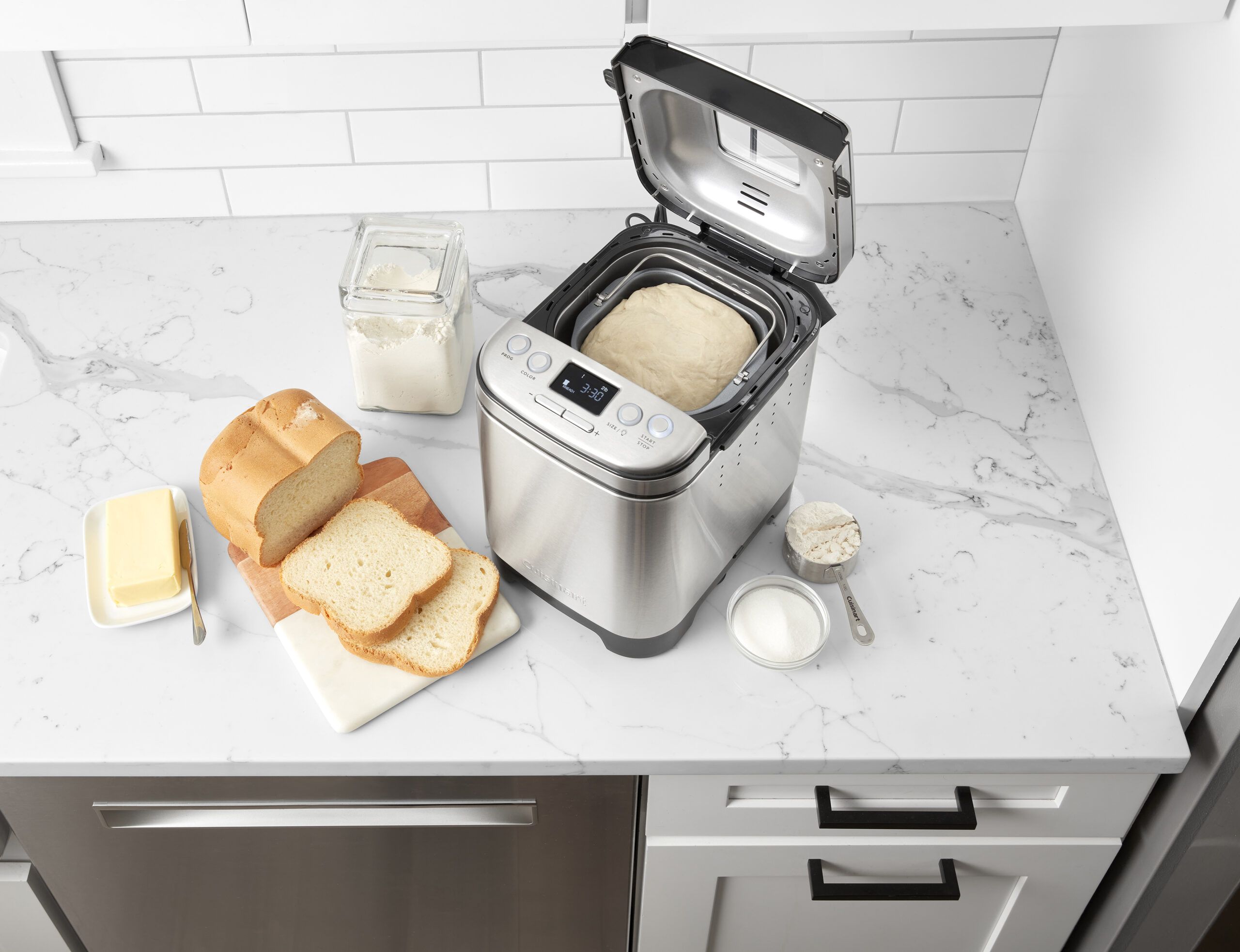
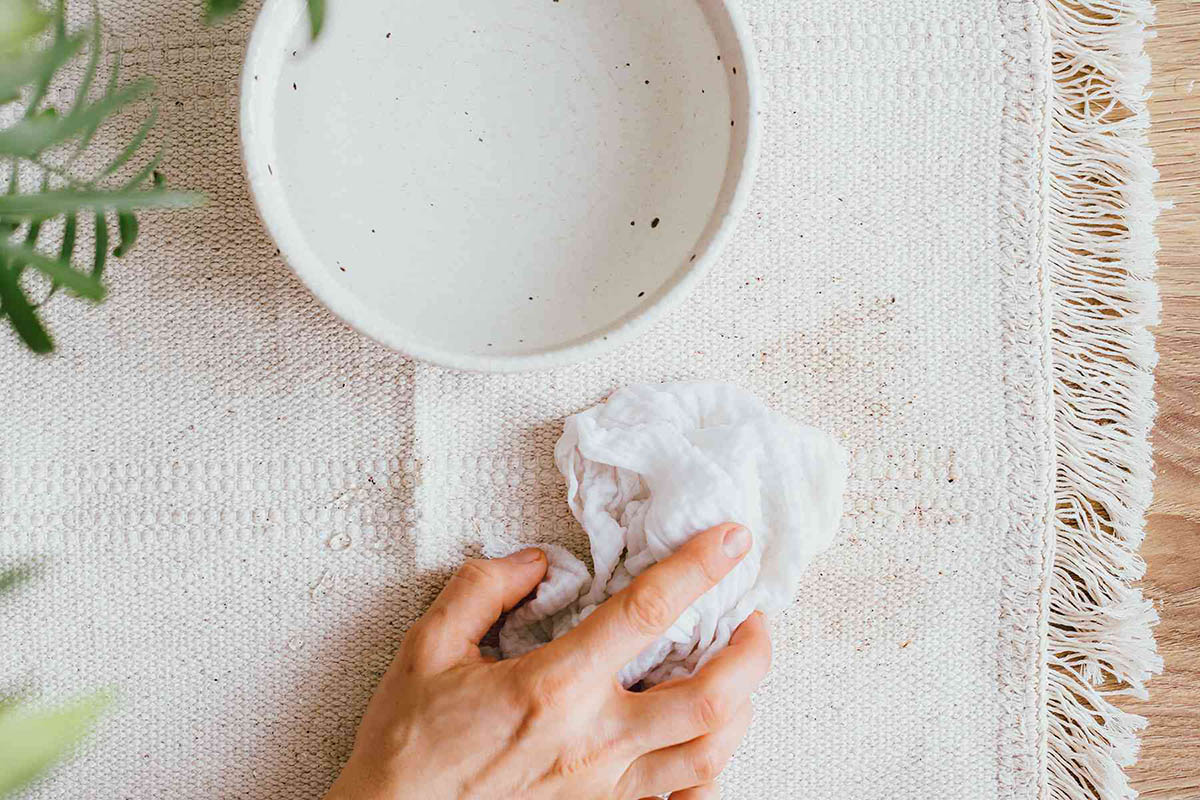

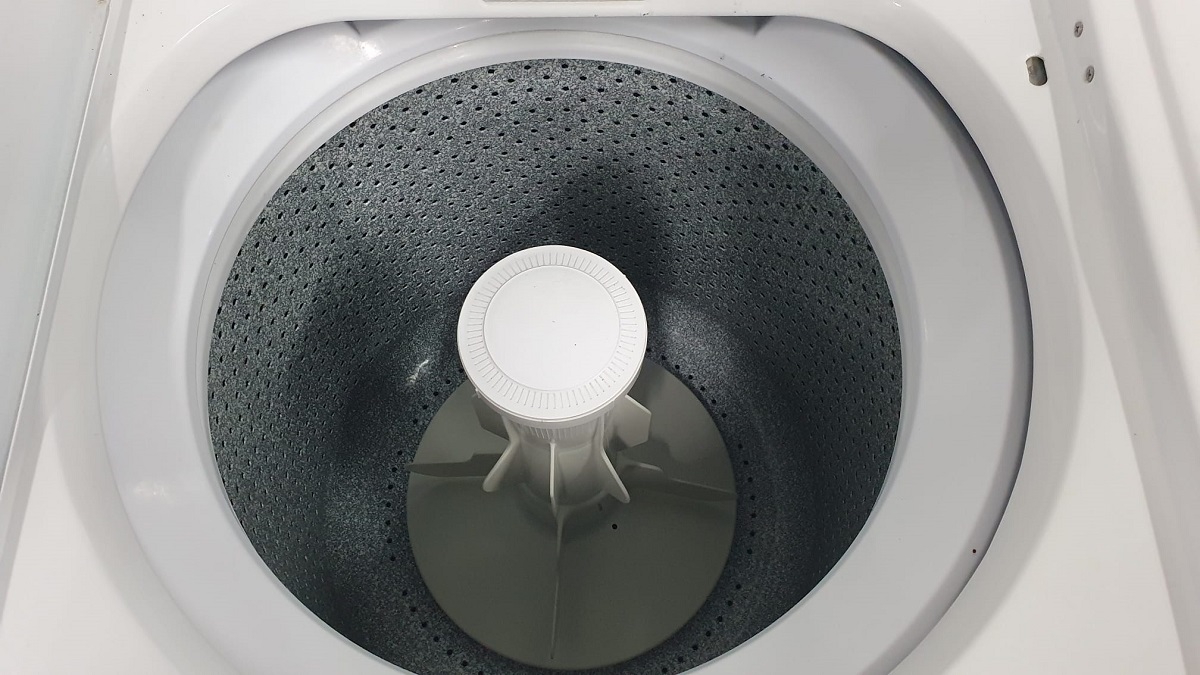
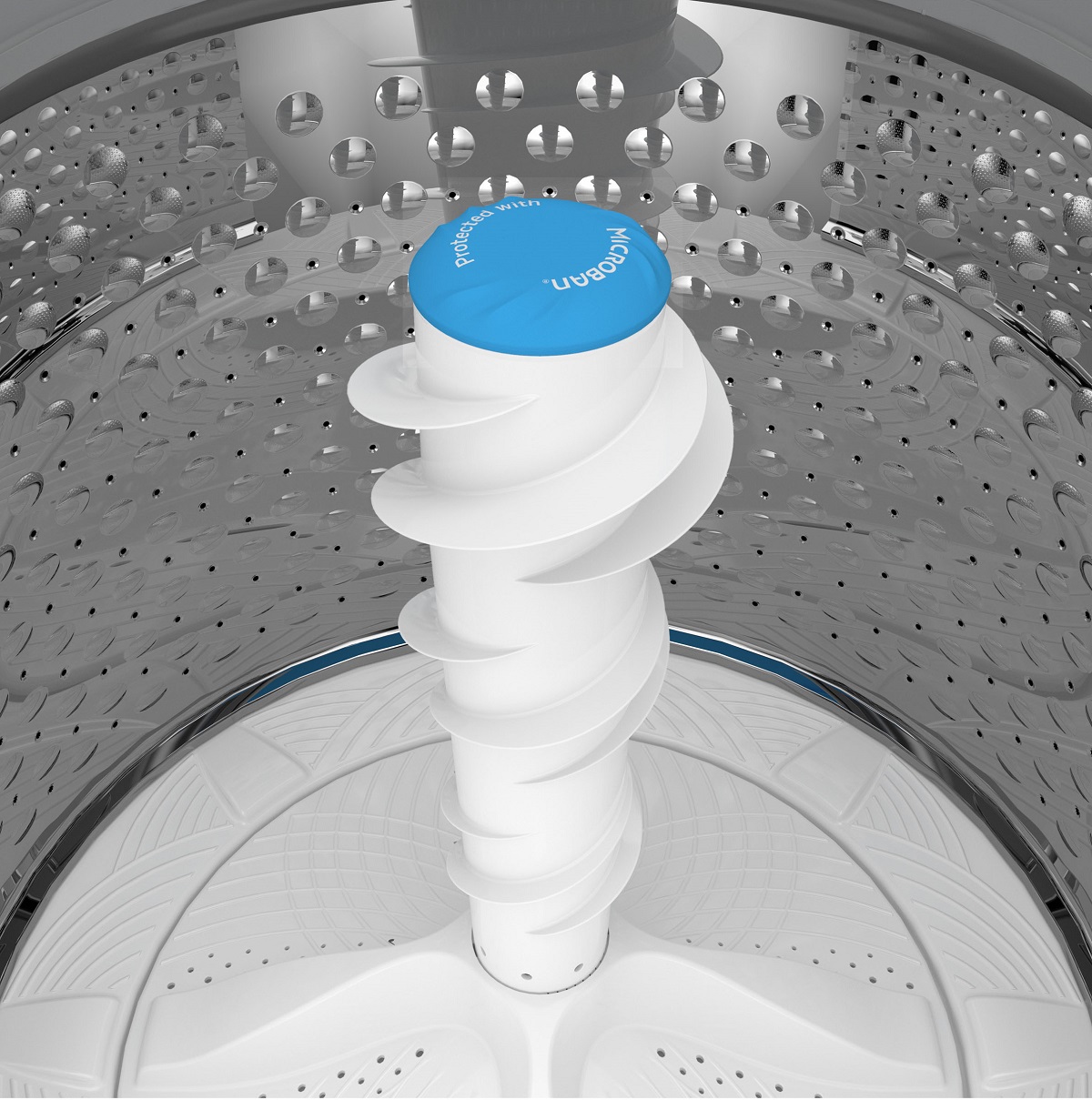
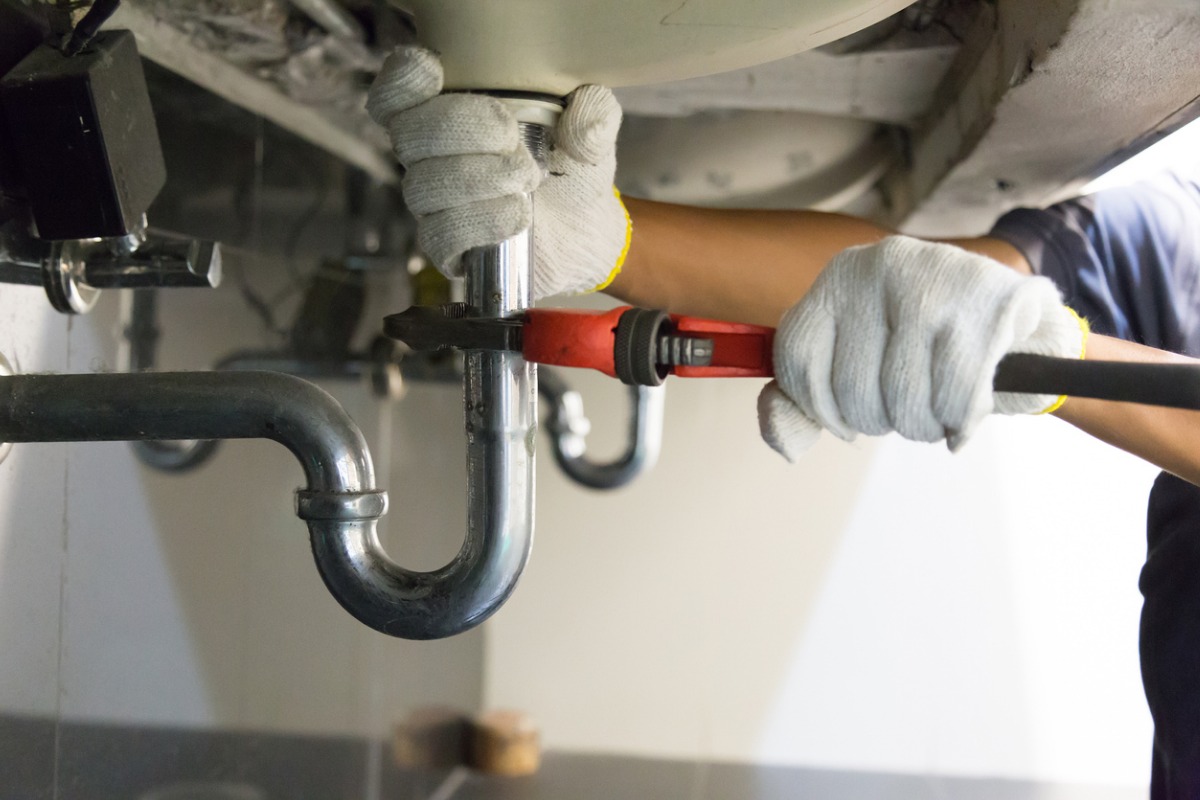
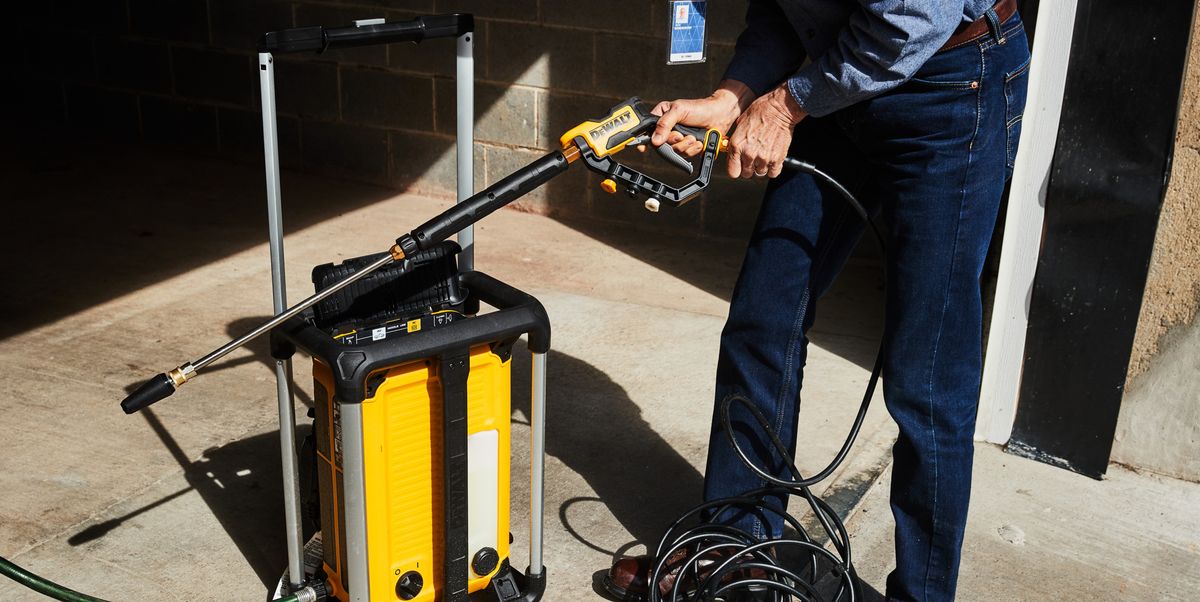

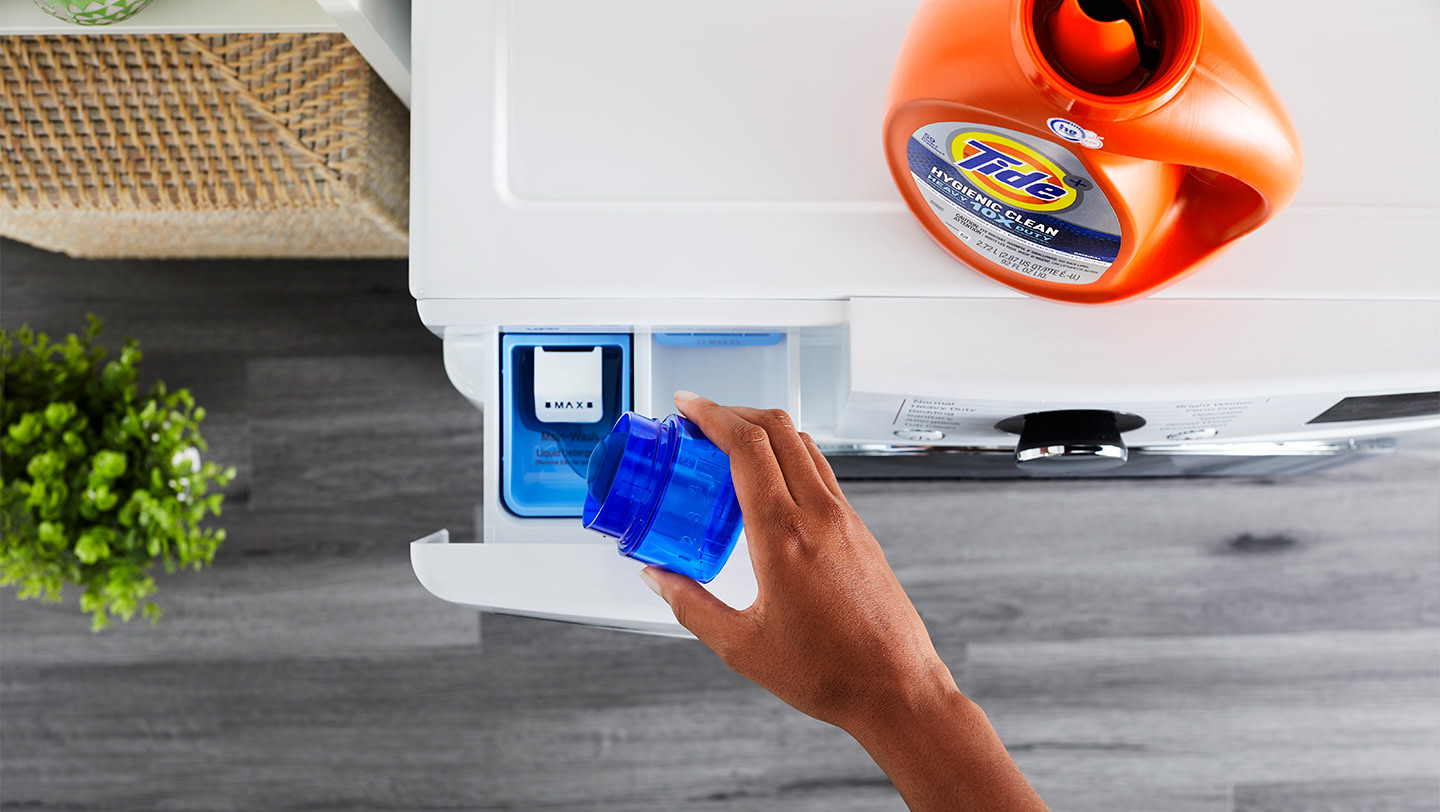
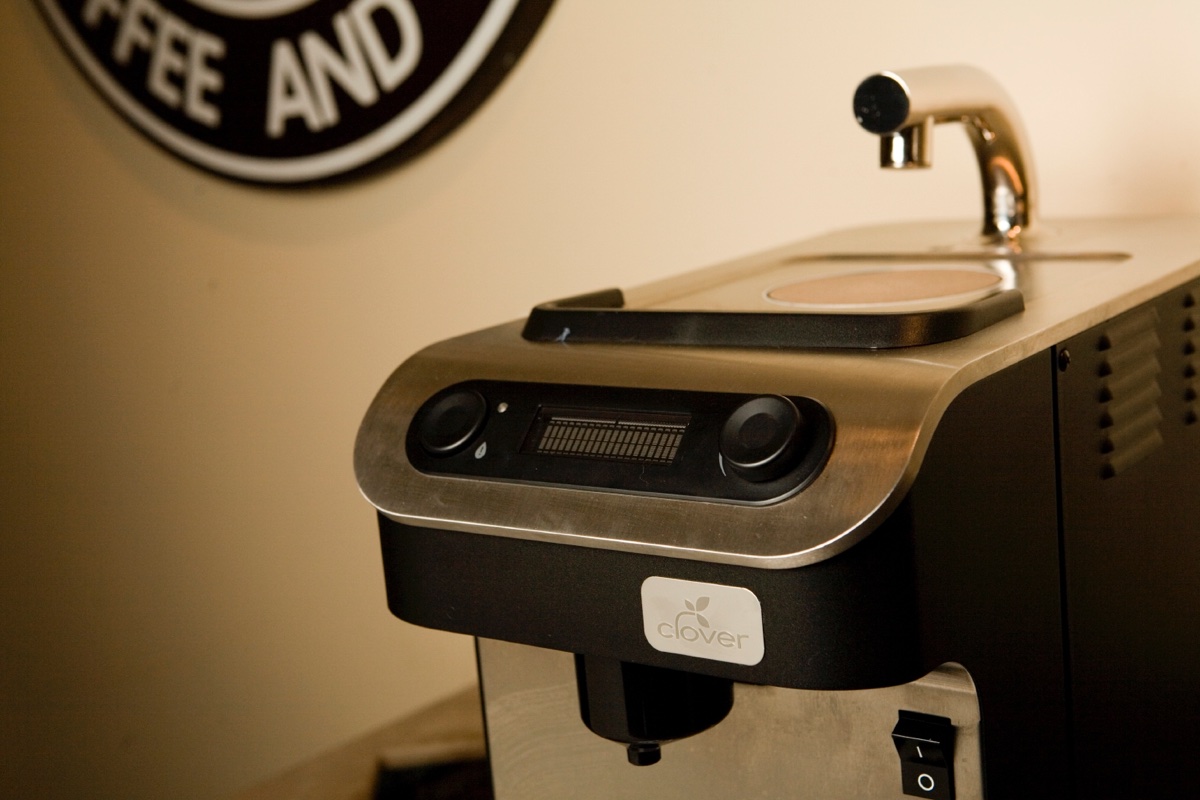
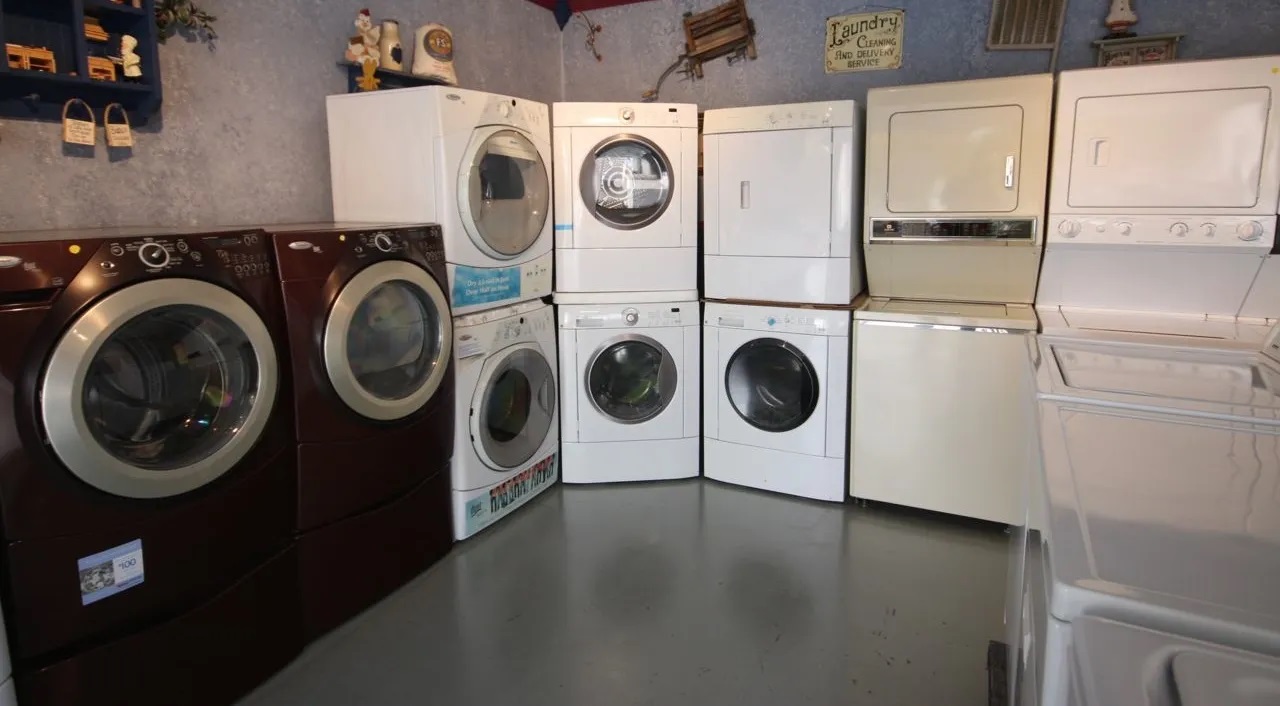
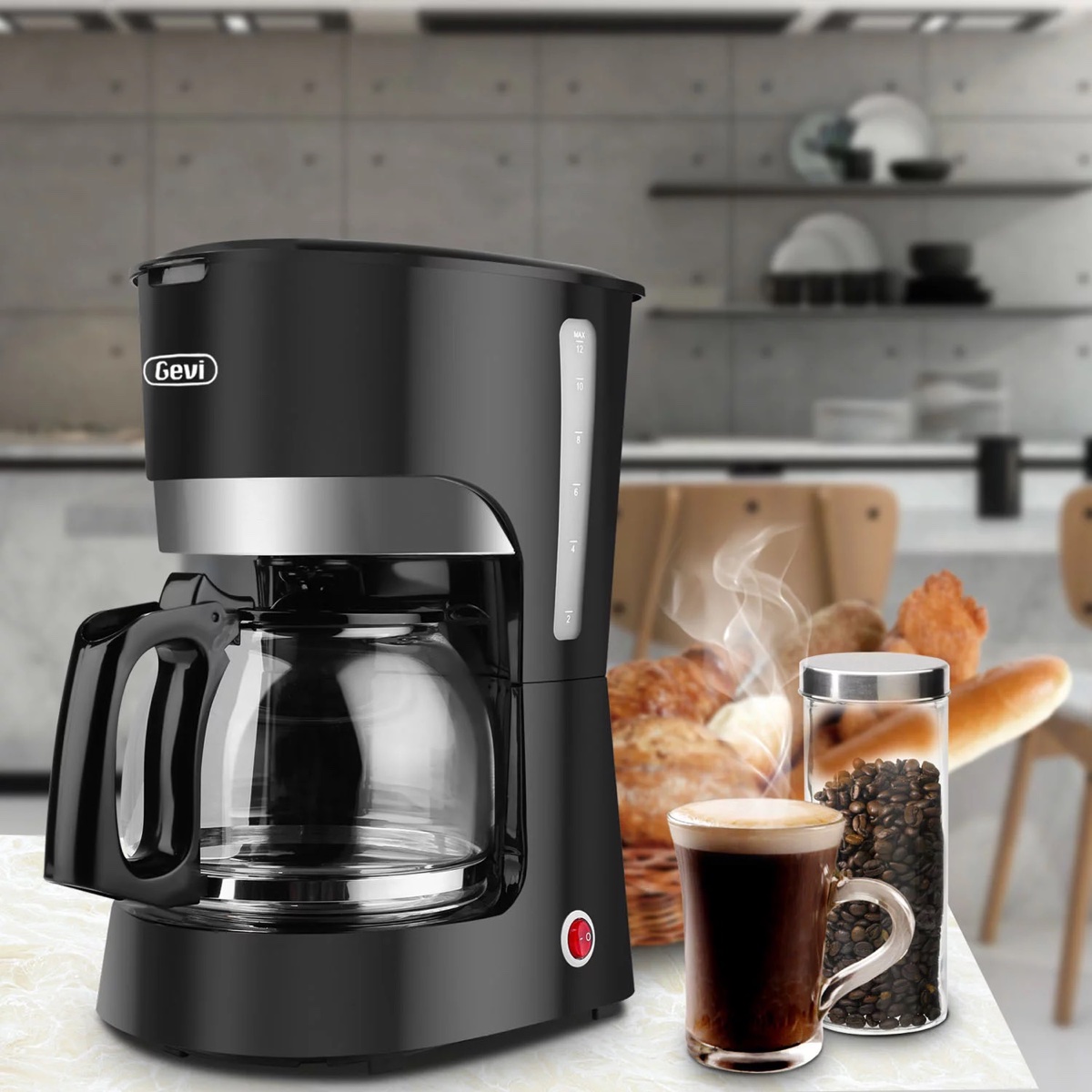
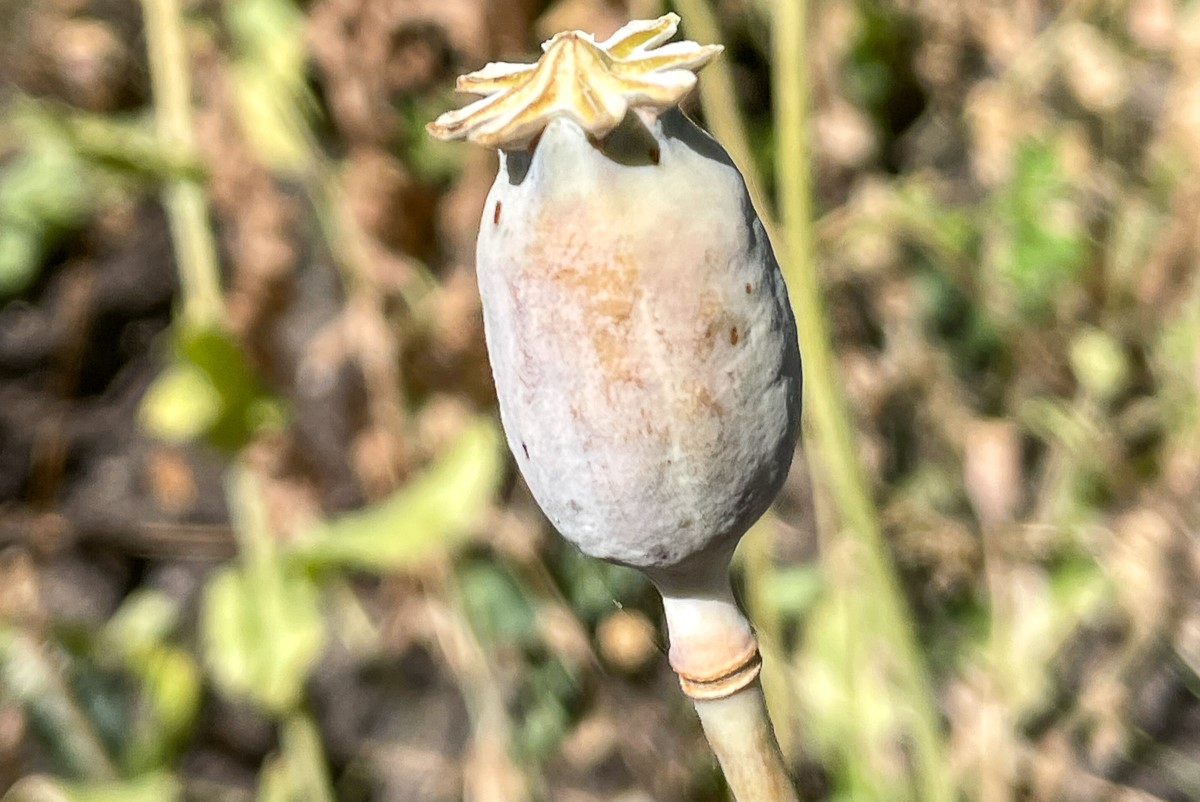

0 thoughts on “When Can I Remove The Paddle From Bread Machine”